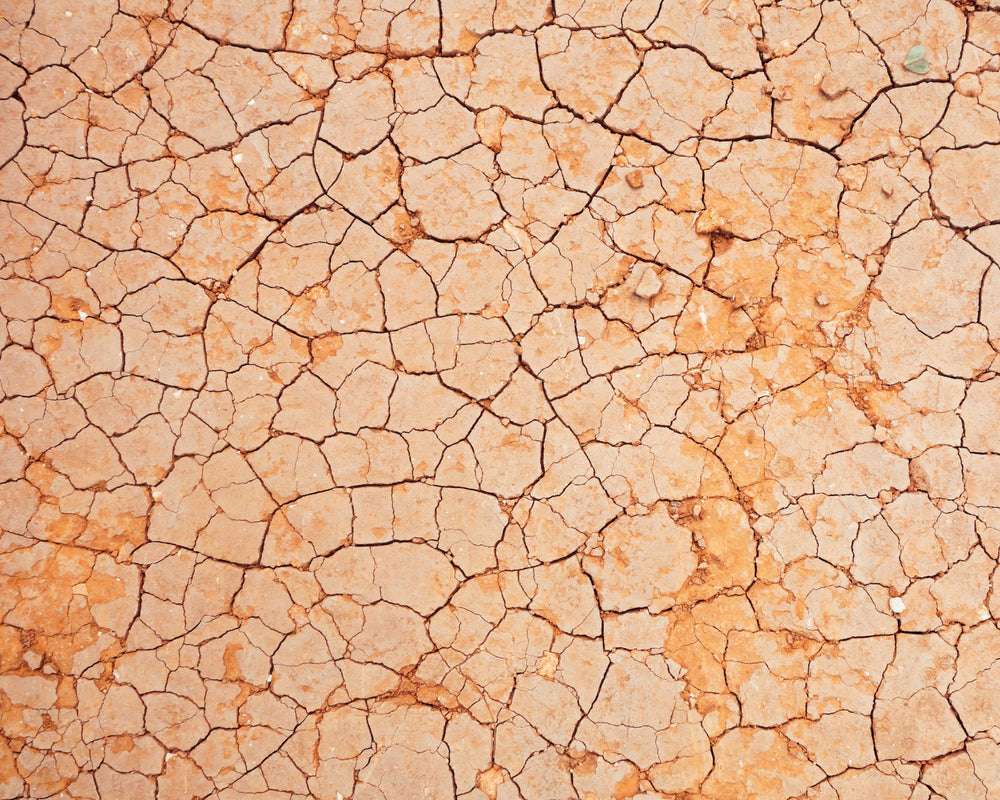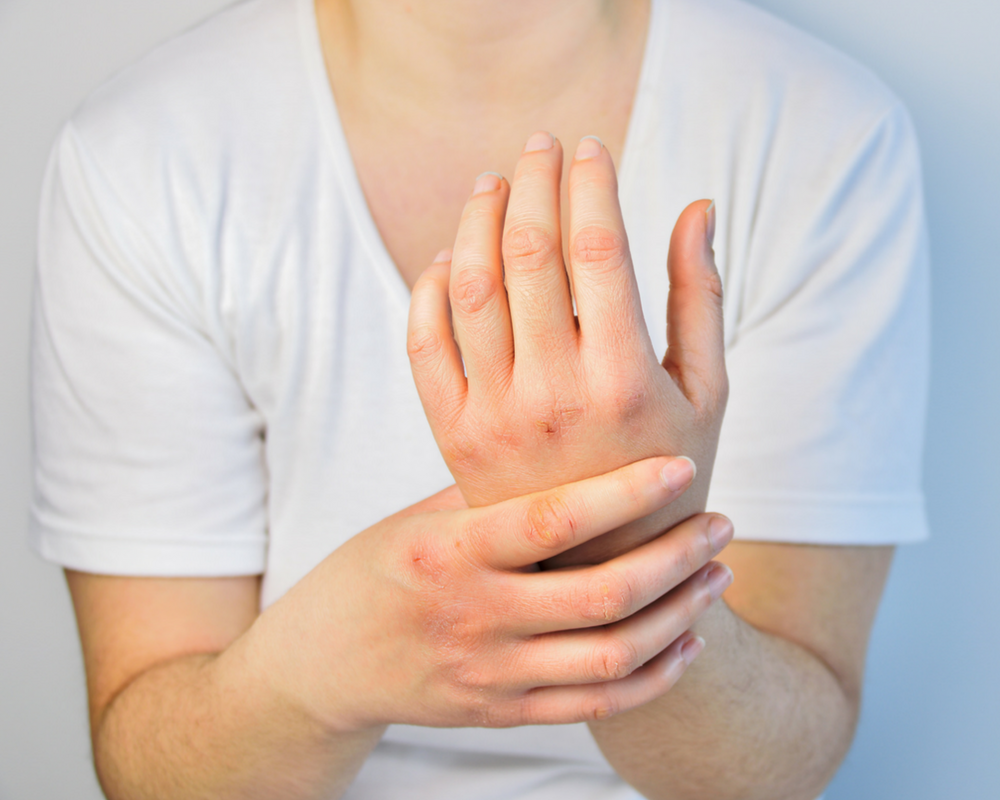
Do Your Heels Feel Like Dry Deep Cracks in the Desert?
Well Loves, we are on a bit of a cracked heels rant these days. One thing we have learned from you is cracked heels are no fun and can be super painful. The other thing we have heard from you is our gLOVE Treat Boots have been your best friend when you are looking for a way to soothe your heels. Our rant continues below with some more insight into cracked heels... We want to make your day that much better.
What Causes Cracked Heels and How to Cure Them
There are a number of reasons one might experience cracked heels. The condition is uncomfortable at best and downright painful at worst. Left untreated these cracks can lead to fungal infections and ulcerations. Let's take a brief look at the causes of cracked heels and how to cure them.
While cracked heels are believed to occur due to dehydration most often caused by dry winter air, there are other factors to consider as well. Contributors could be age, psoriasis or other skin-related conditions, diabetes, kidney disease, thyroid disease, vitamin deficiency, and excess weight to name a few.
Dryness from Aging, Skin-Related Conditions, or Diseases
As we age, our skin loses its elasticity which can, in turn, cause our heels to become calloused, dry, and eventually crack. Diabetes can dry out the oils of the skin, also. Diabetics have to especially play close attention to their feet because as the disease progresses, they lose feeling in their feet. Dryness can be caused by other skin-related conditions (athlete's foot, psoriasis, eczema) and diseases as well.
Wearing Heels, Improper Distribution of Weight, and Other Deficiencies
Prolonged standing in ill-fitting shoes, increased weight adding pressure to the feet, even poorly structured feet that lead to an abnormal gait are all things that can cause the heels to become calloused. Vitamin deficiencies and mineral or zinc deficiencies can also lead to dry, calloused, and cracked heels.
Recognizing the Condition
Though we may be unaware of the exact cause, the condition is quite easy to spot. The heels become calloused in appearance initially, then crack and bleed if not taken care of properly. Left without care, infections and ulcerations can occur.
Treatment
Early stages of treatment can be as simple as applying a cream regularly to the affected area two to three times per day. The cream should have a water-binding agent and emollient to be effective, something similar to petroleum jelly. If the dryness had advanced into calluses, use of a pumice stone to gently exfoliate prior to applying the cream is recommended. Bandages may be required to cover moisturizing agents and protect against germs until healed. Finally, orthopedic insoles may be needed to give proper support to feet to serve as a preventative measure against recurrence.
If you find yourself in need of assistance with dry, calloused, cracked or bleeding heels, contact us for a simple healing solution.


